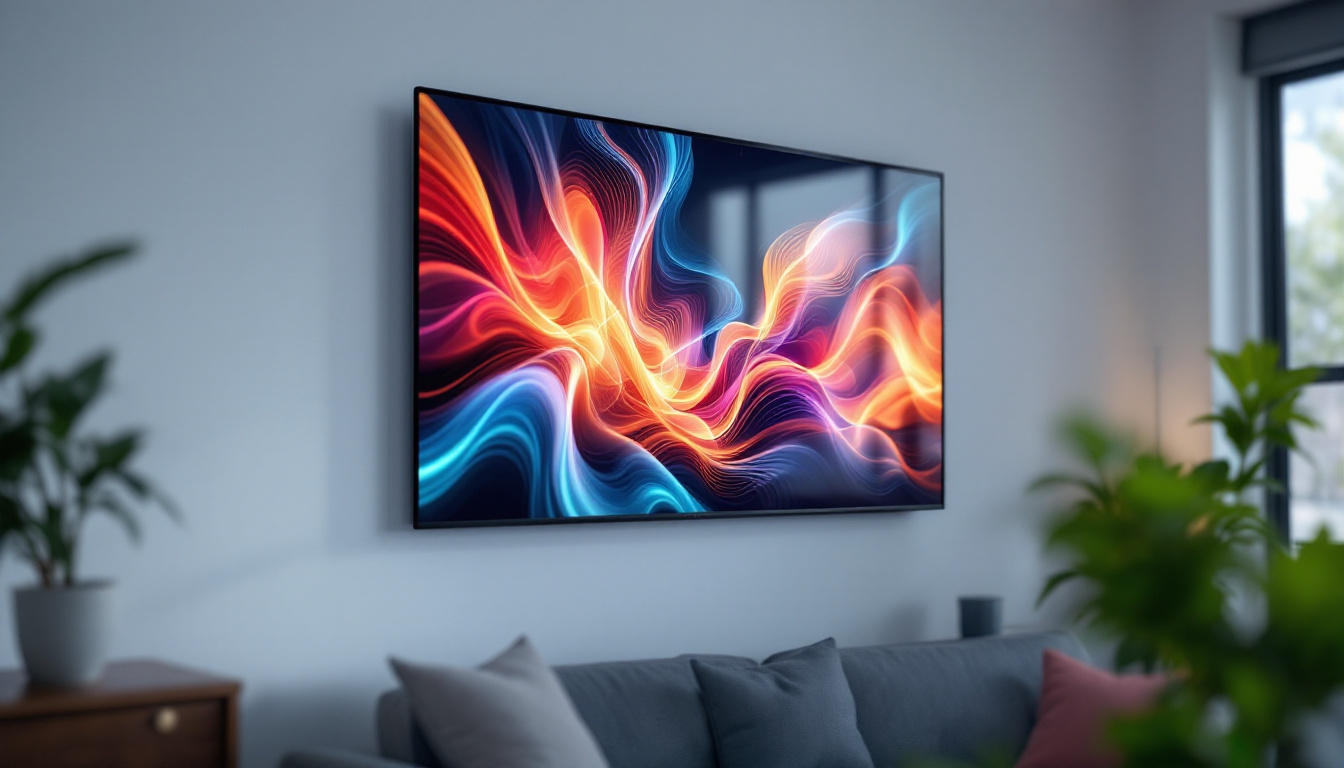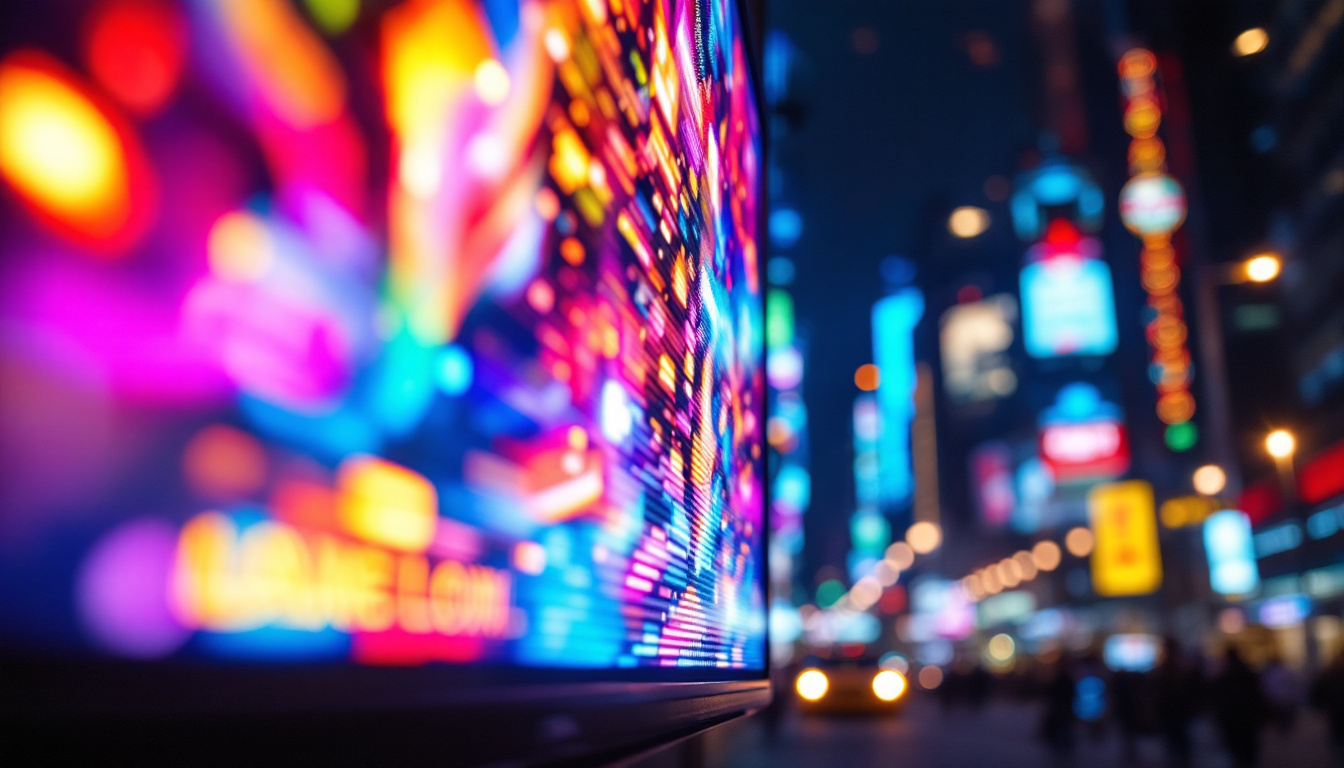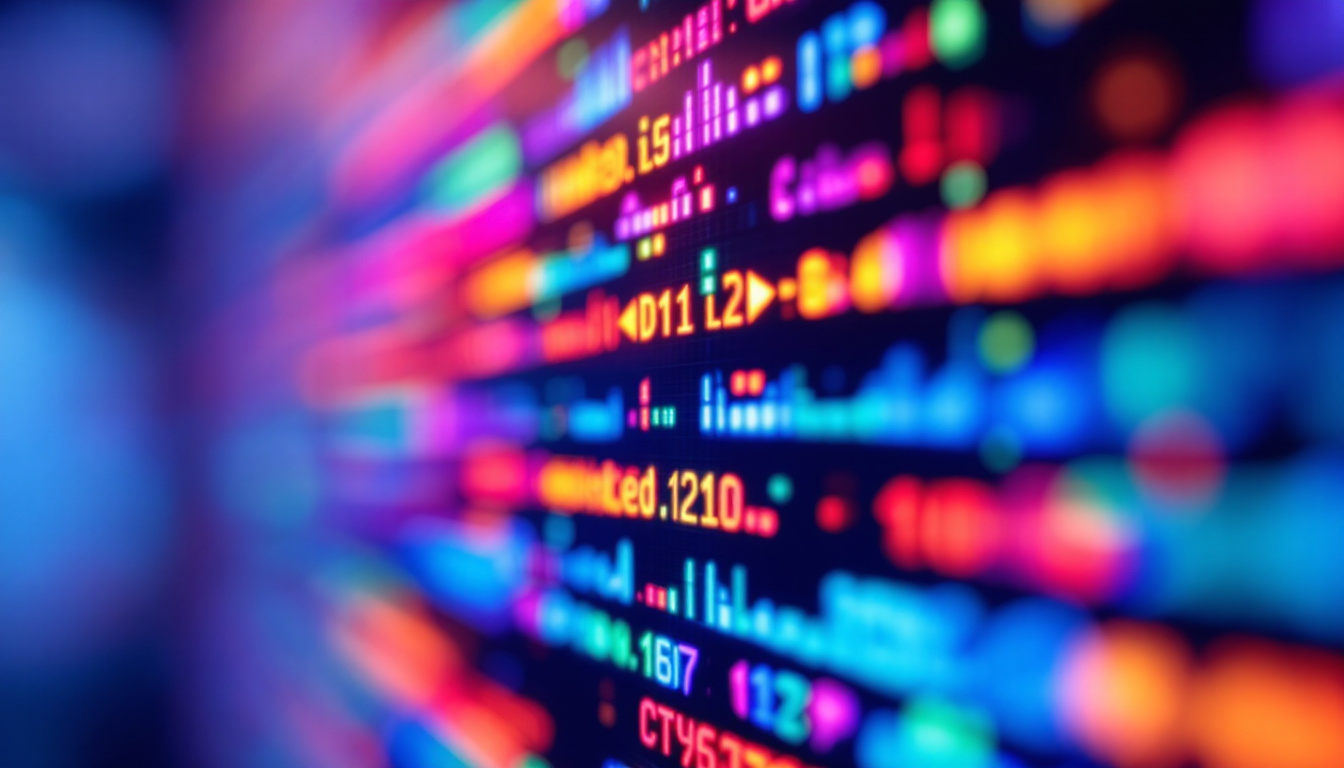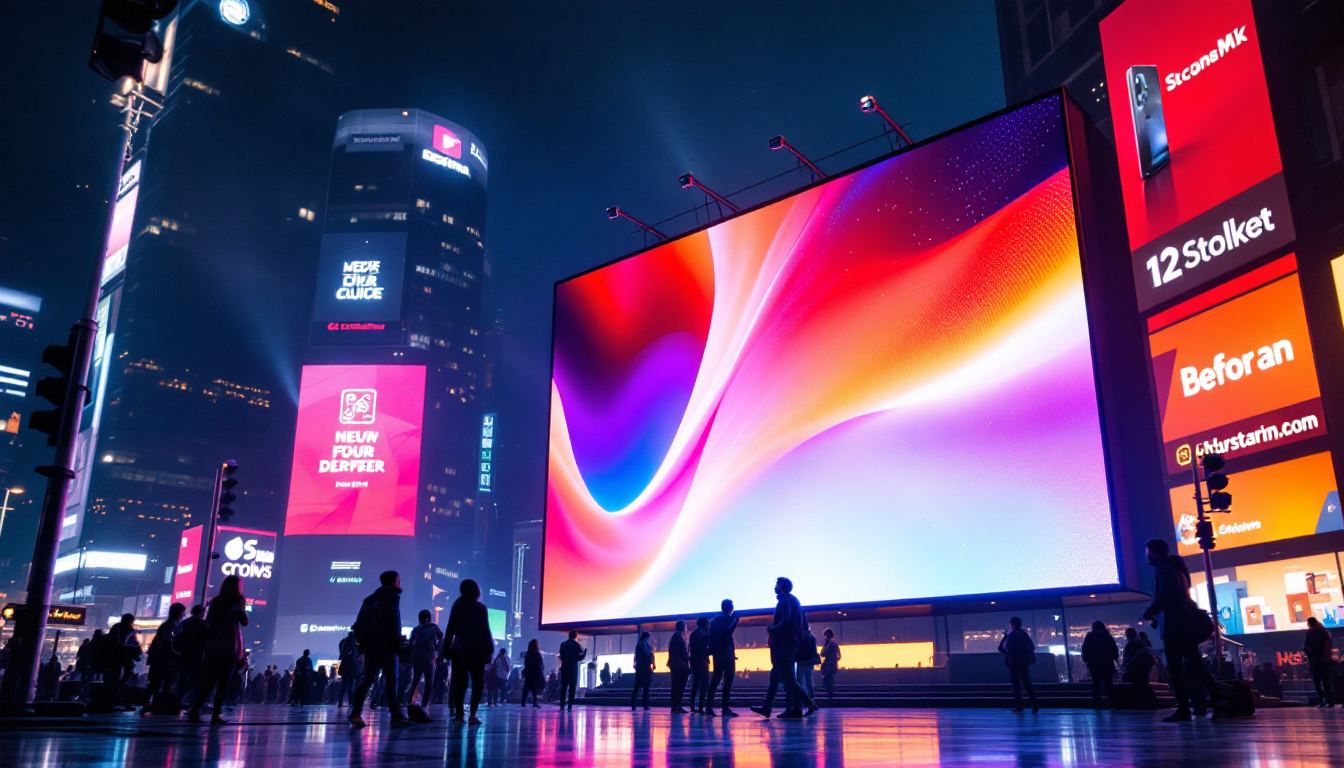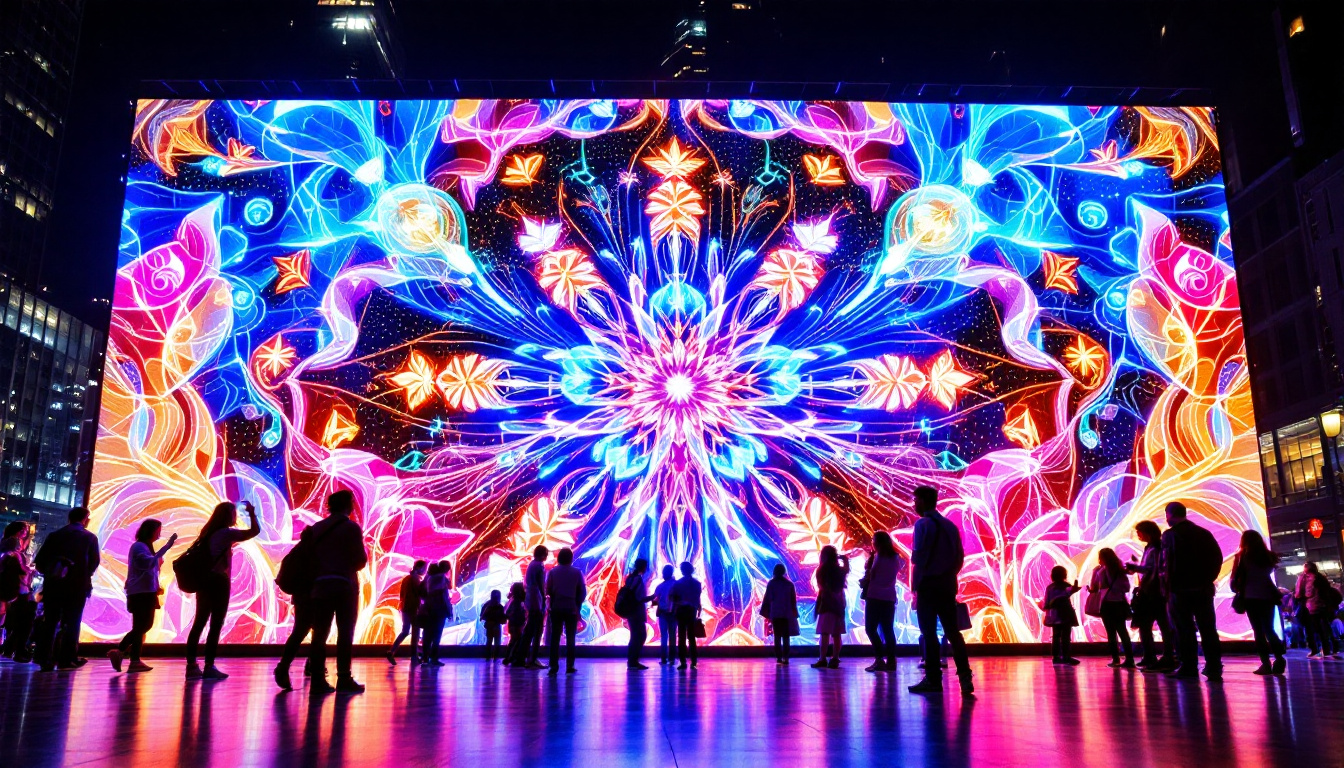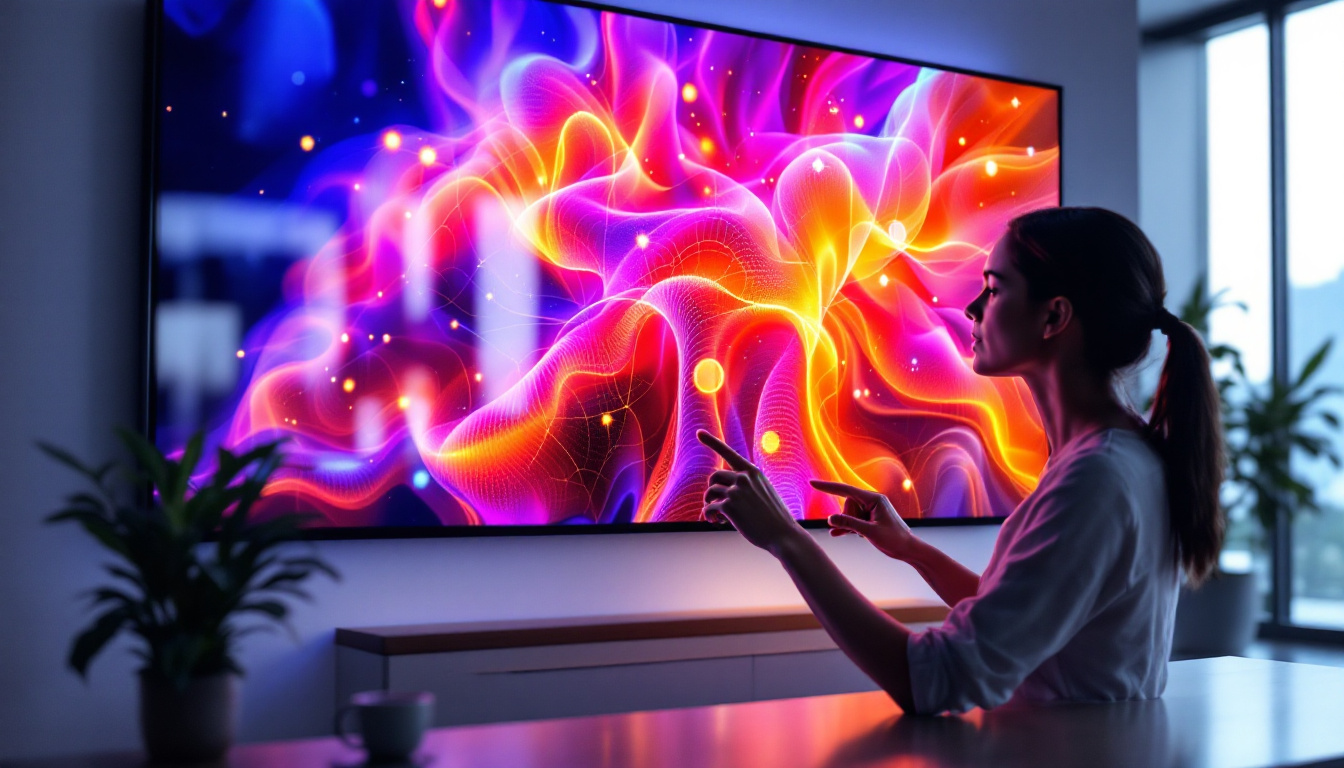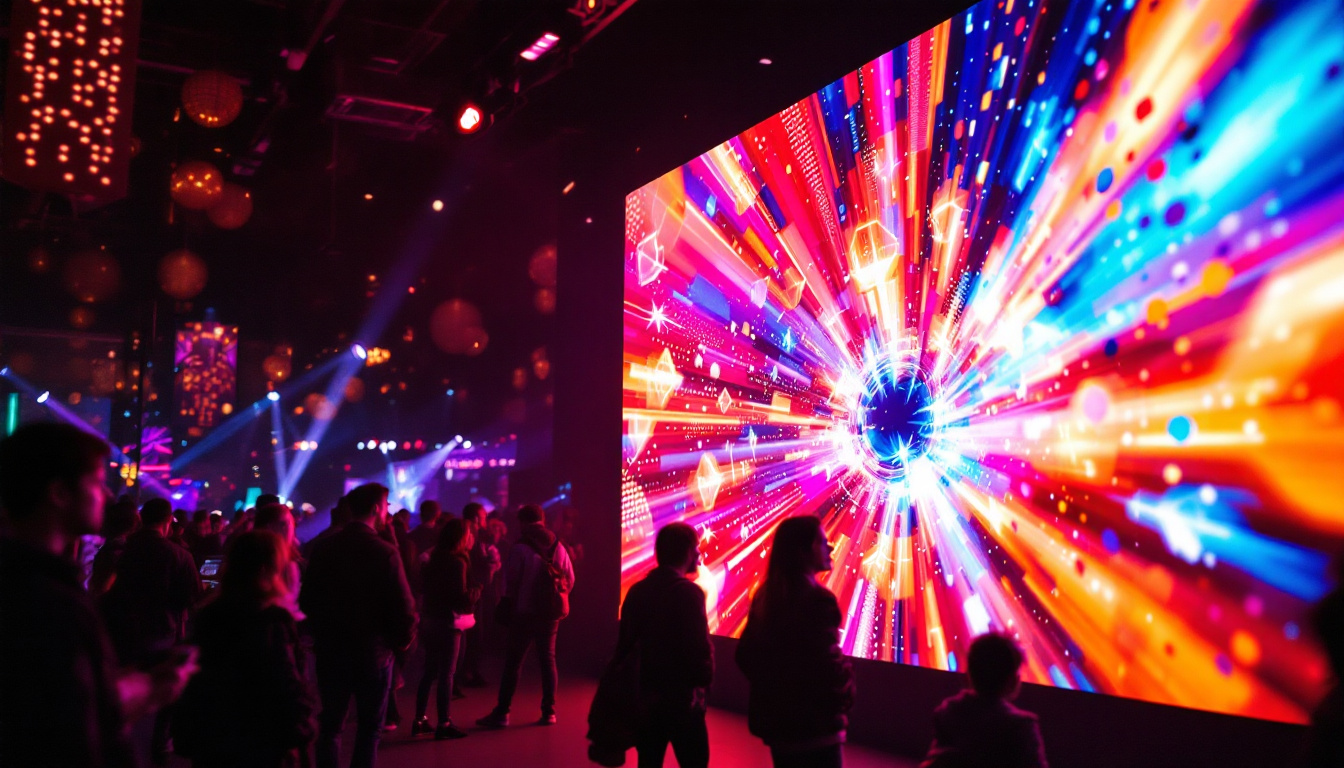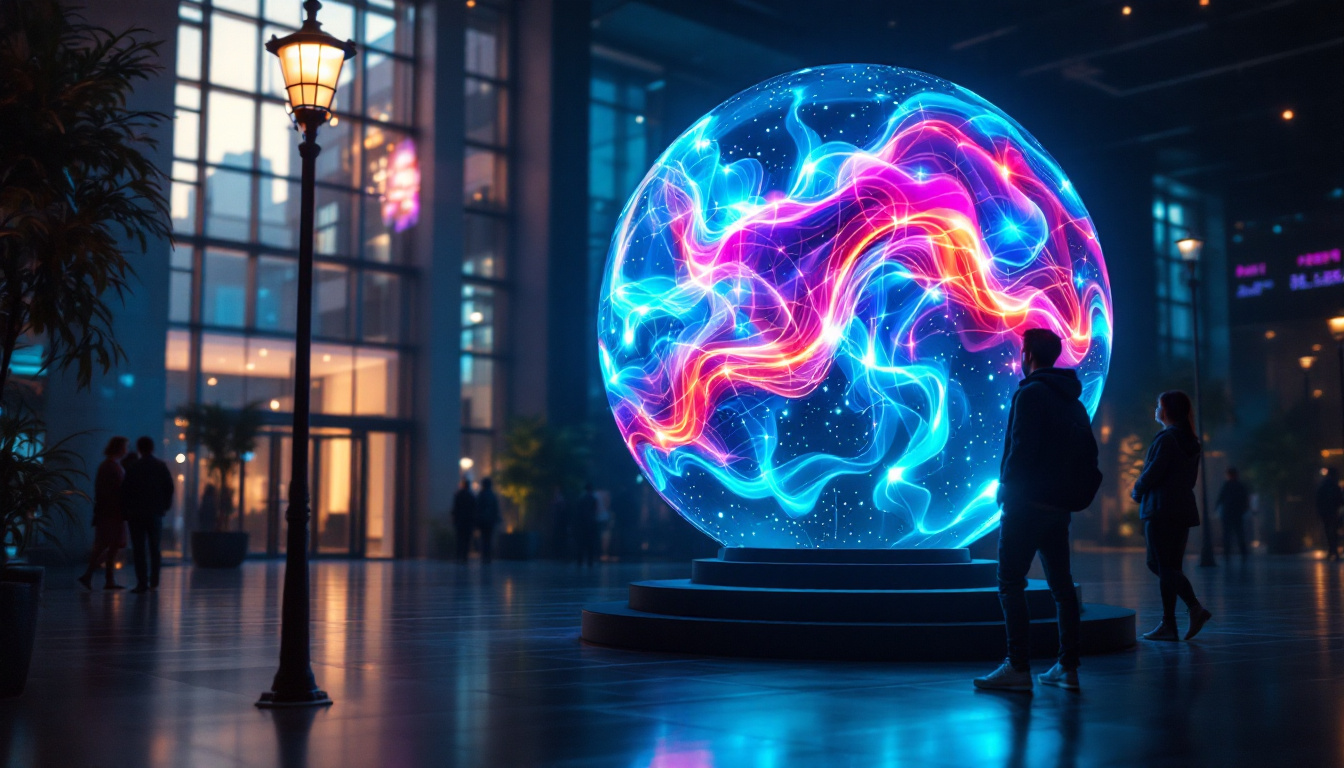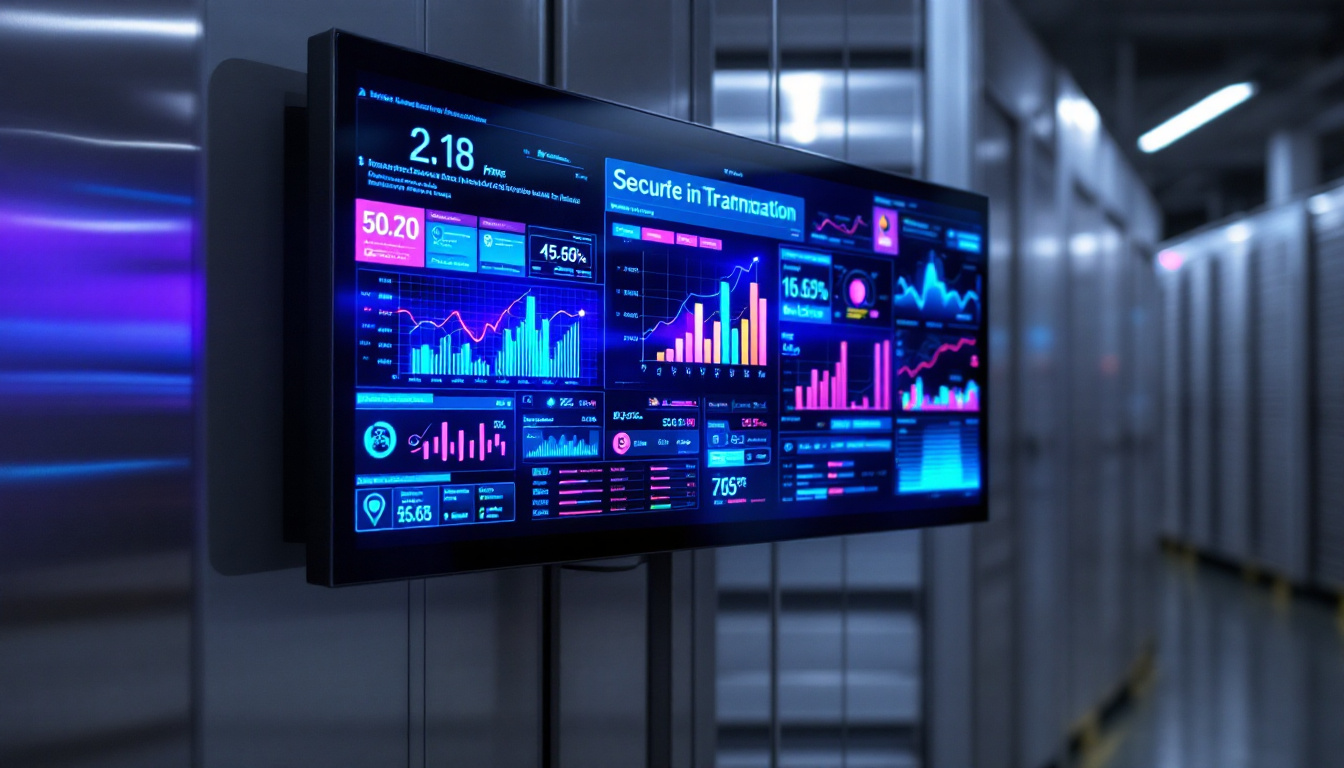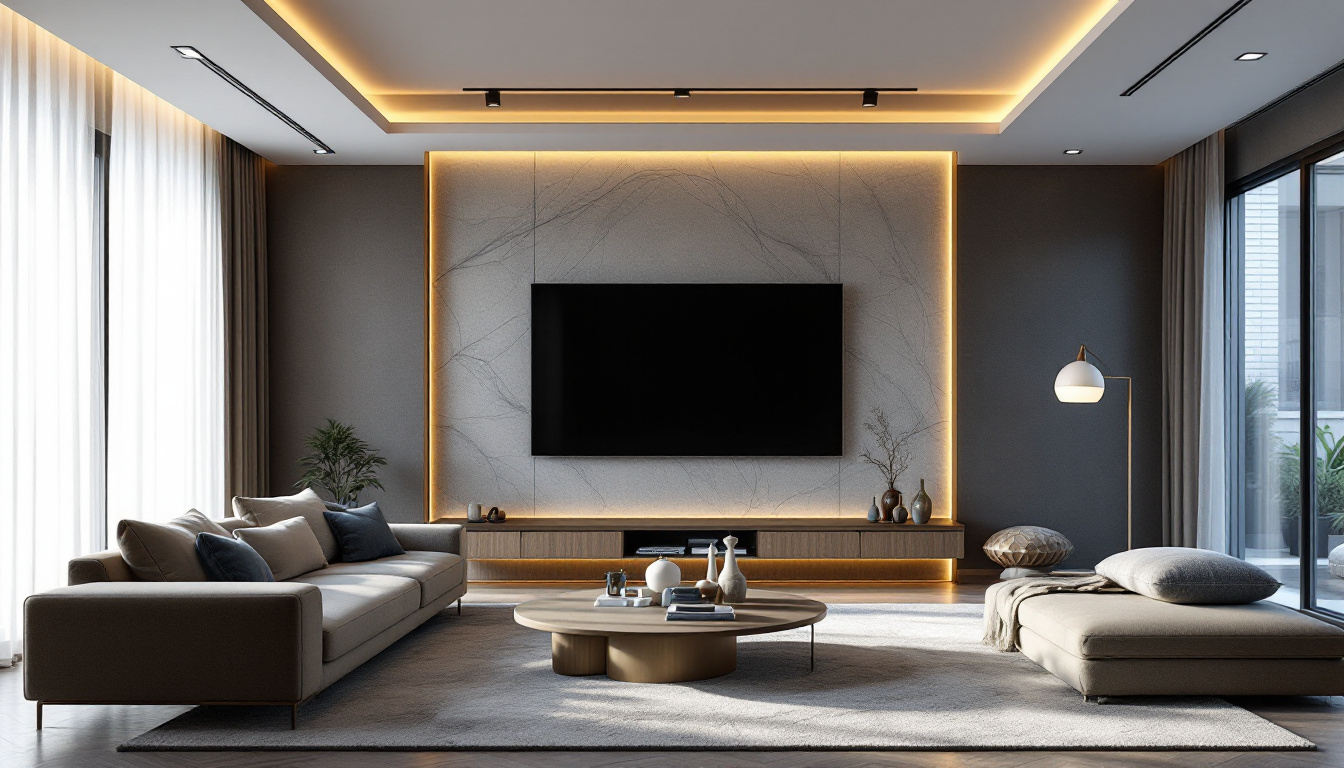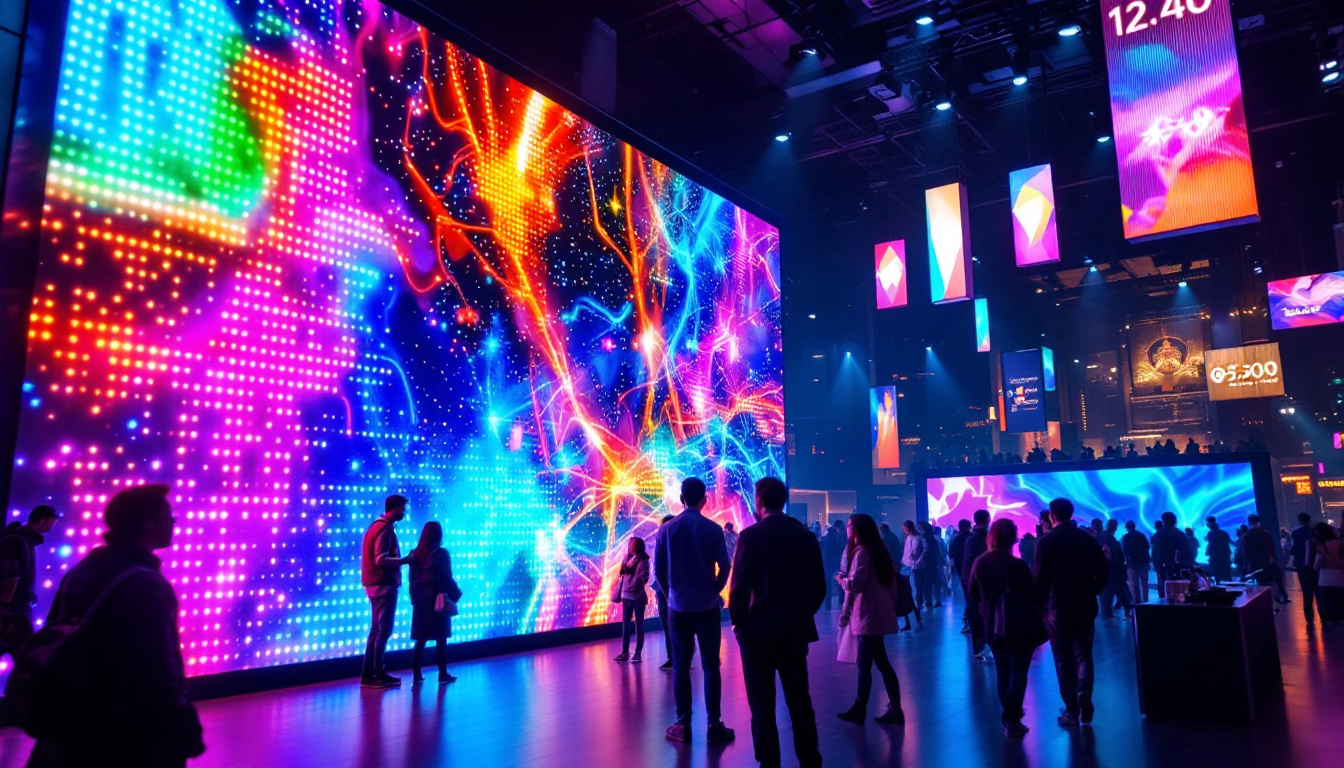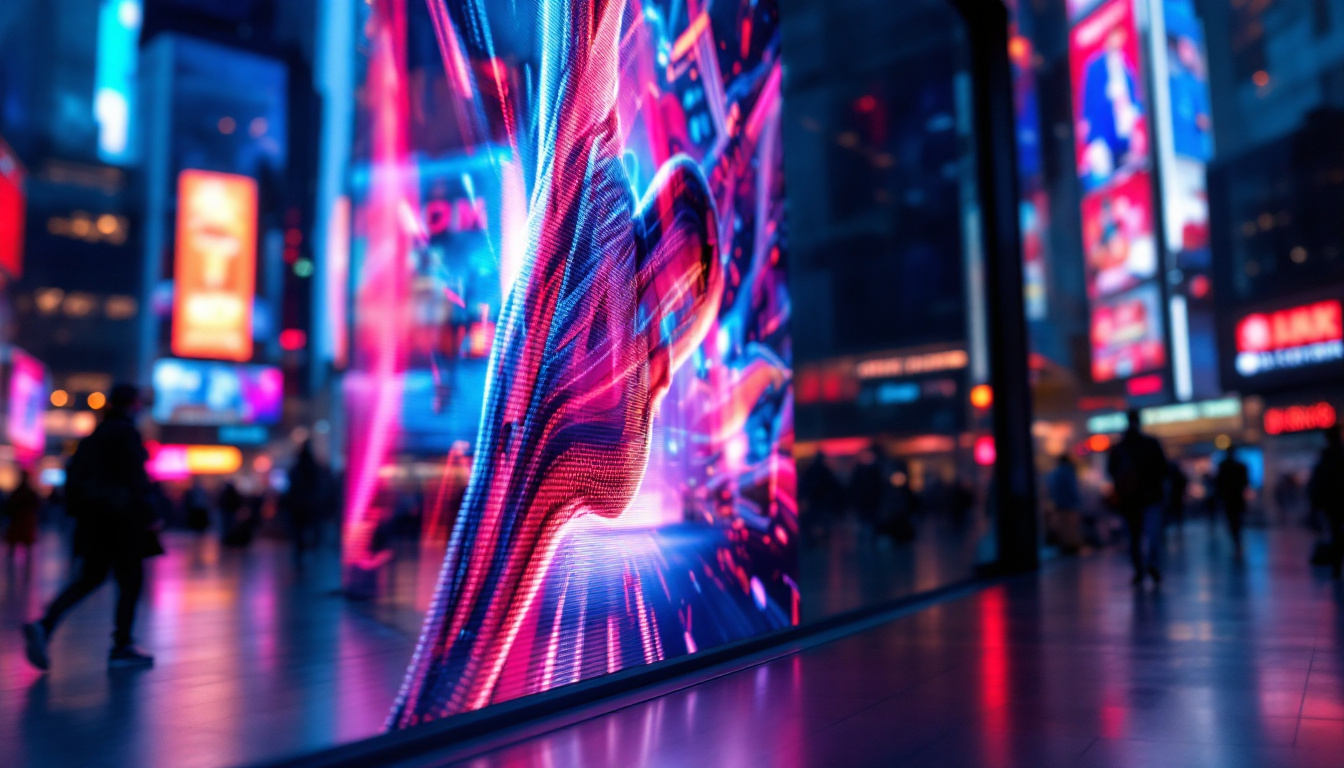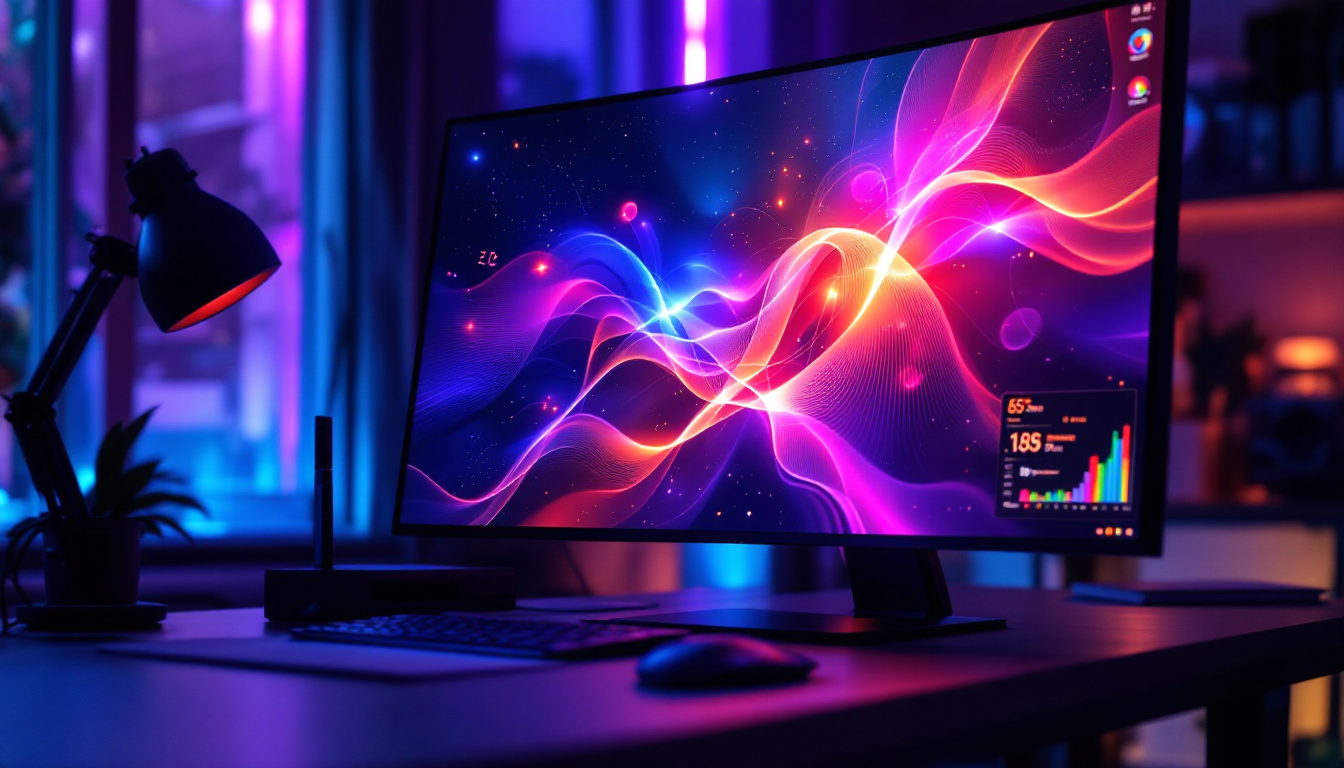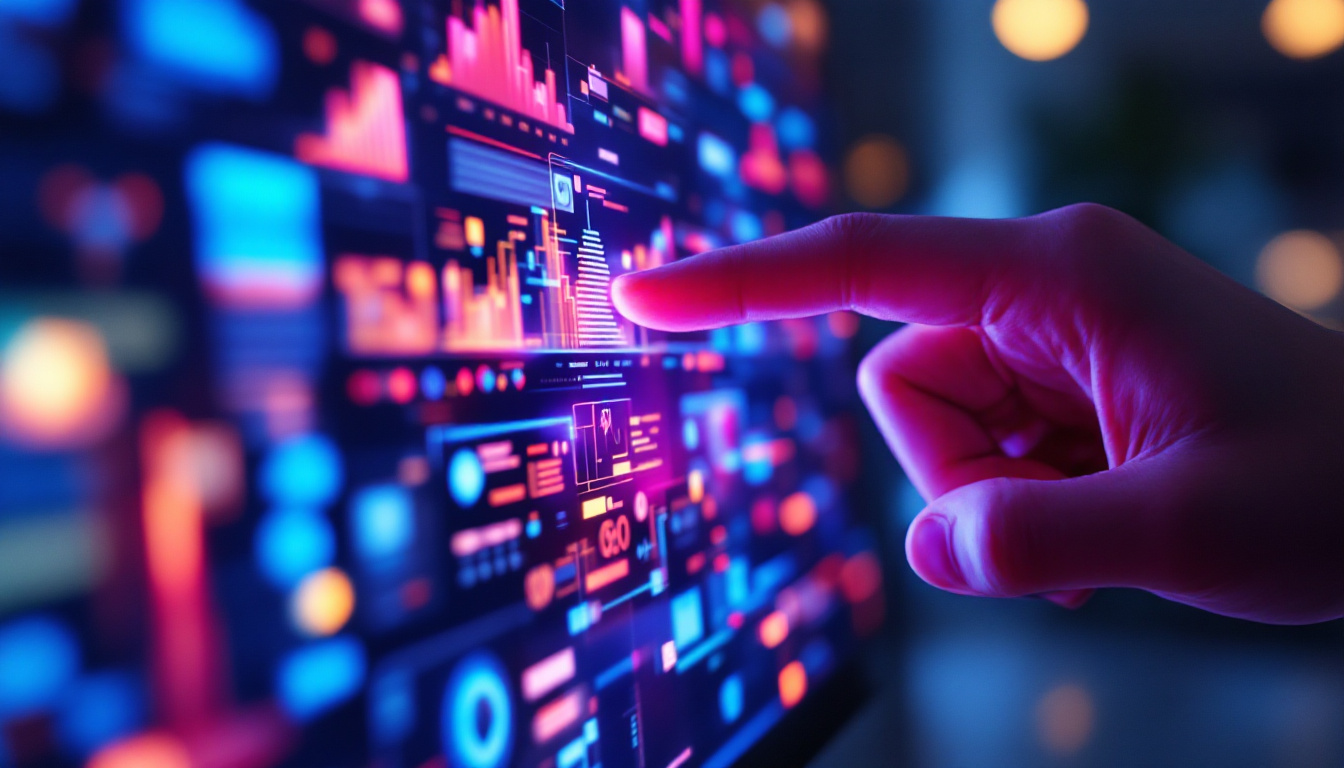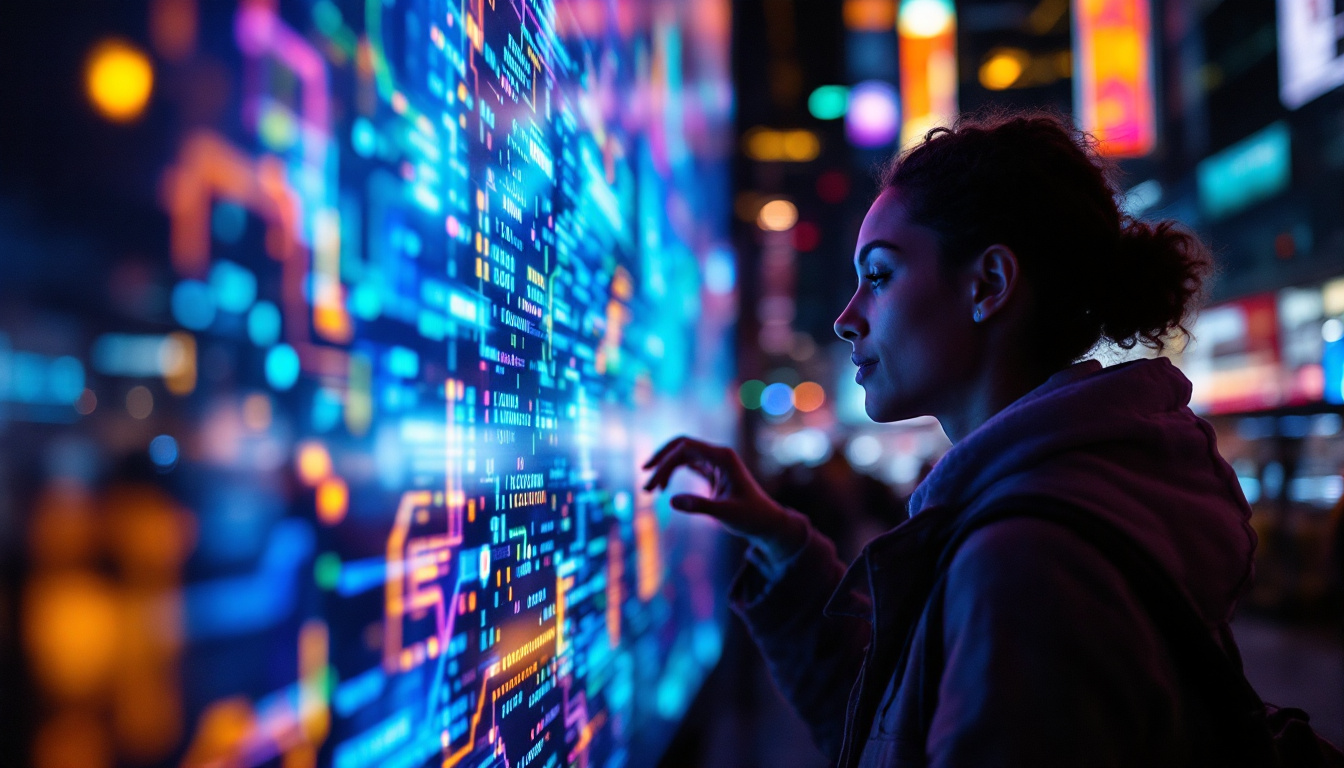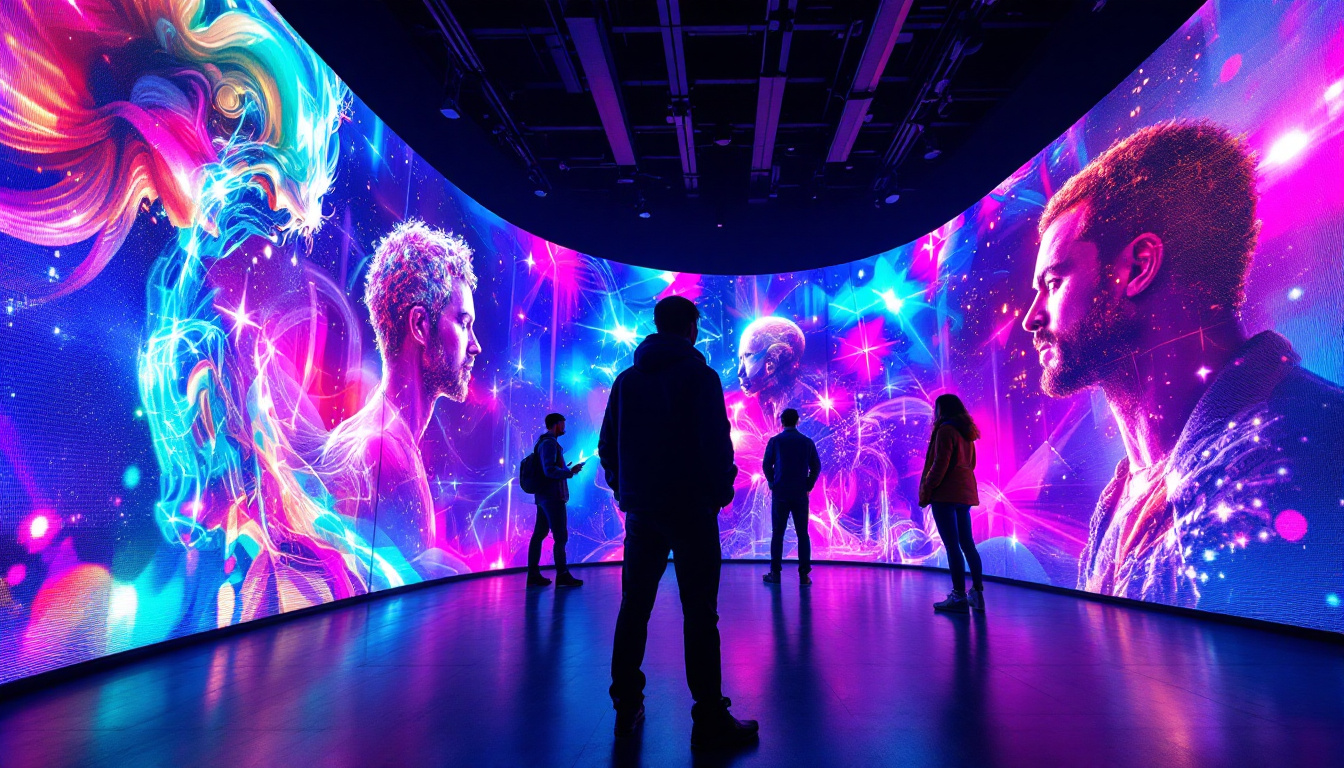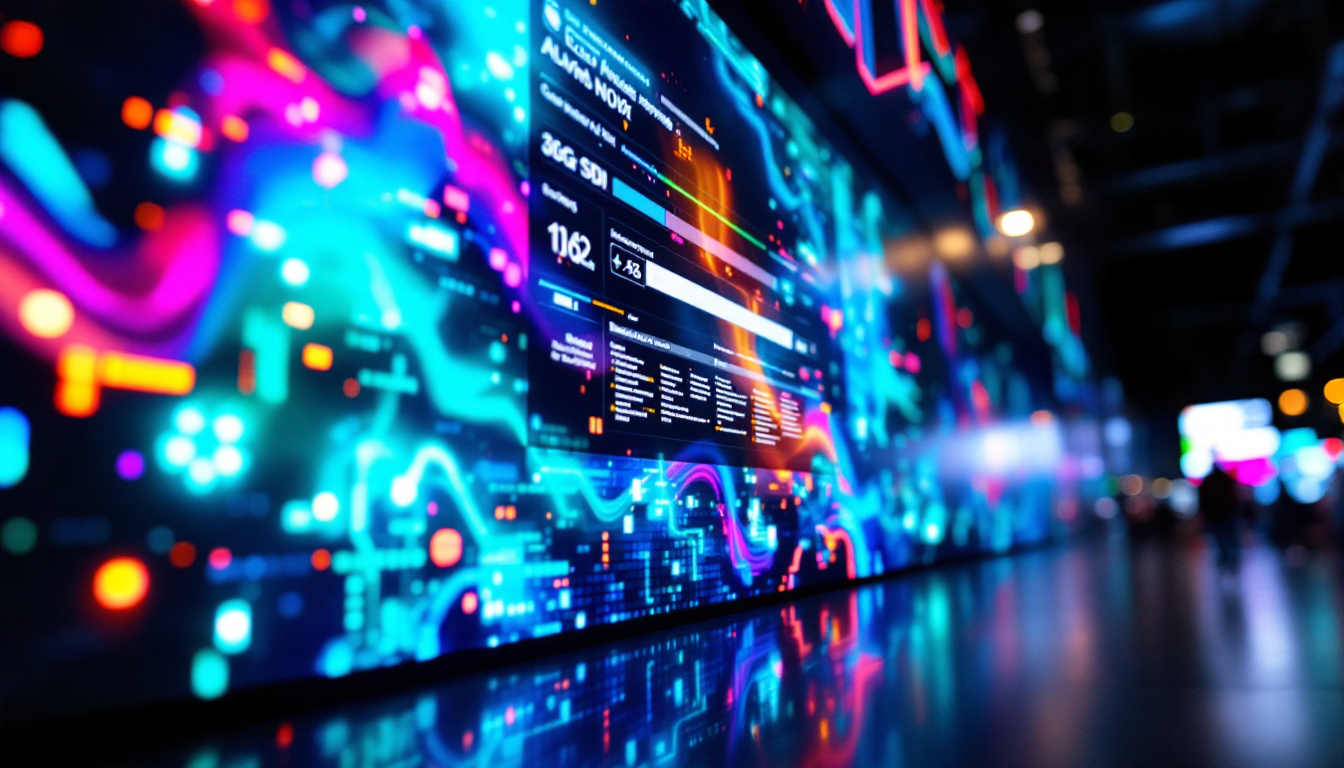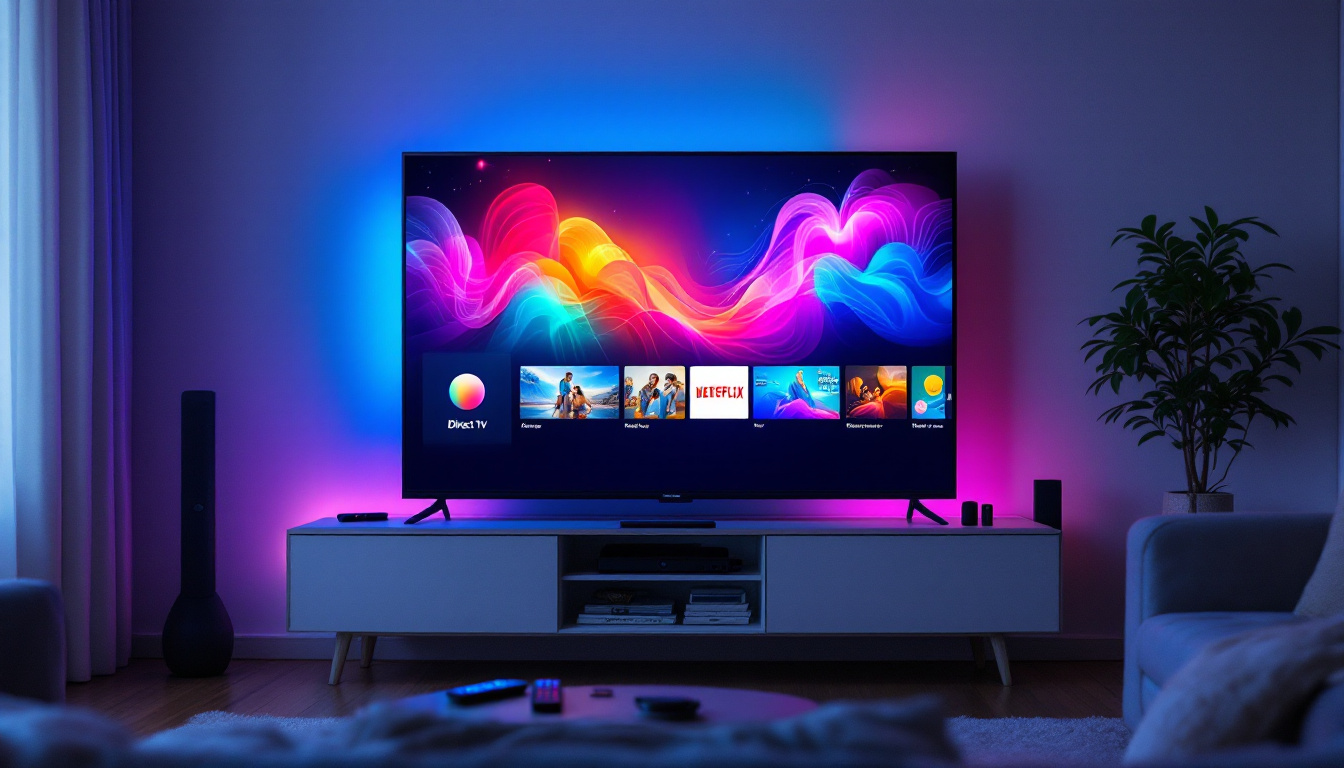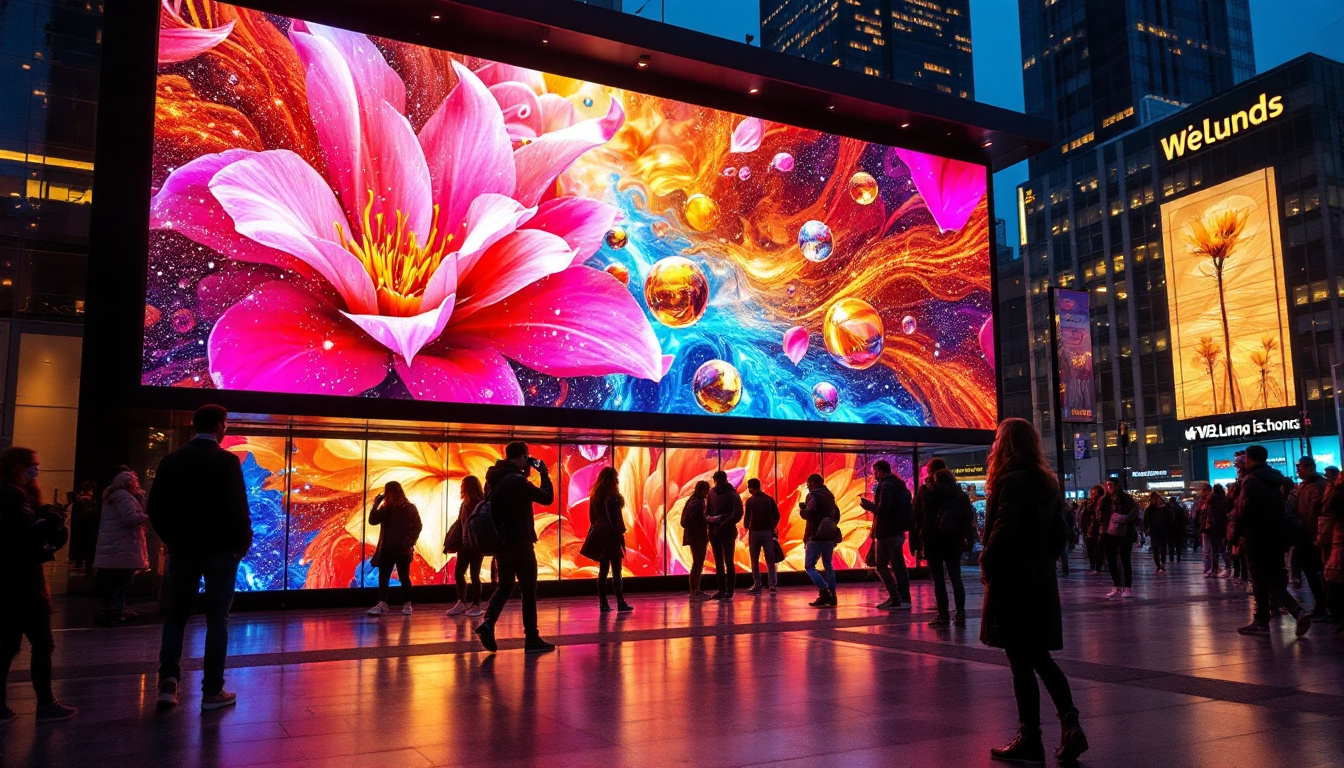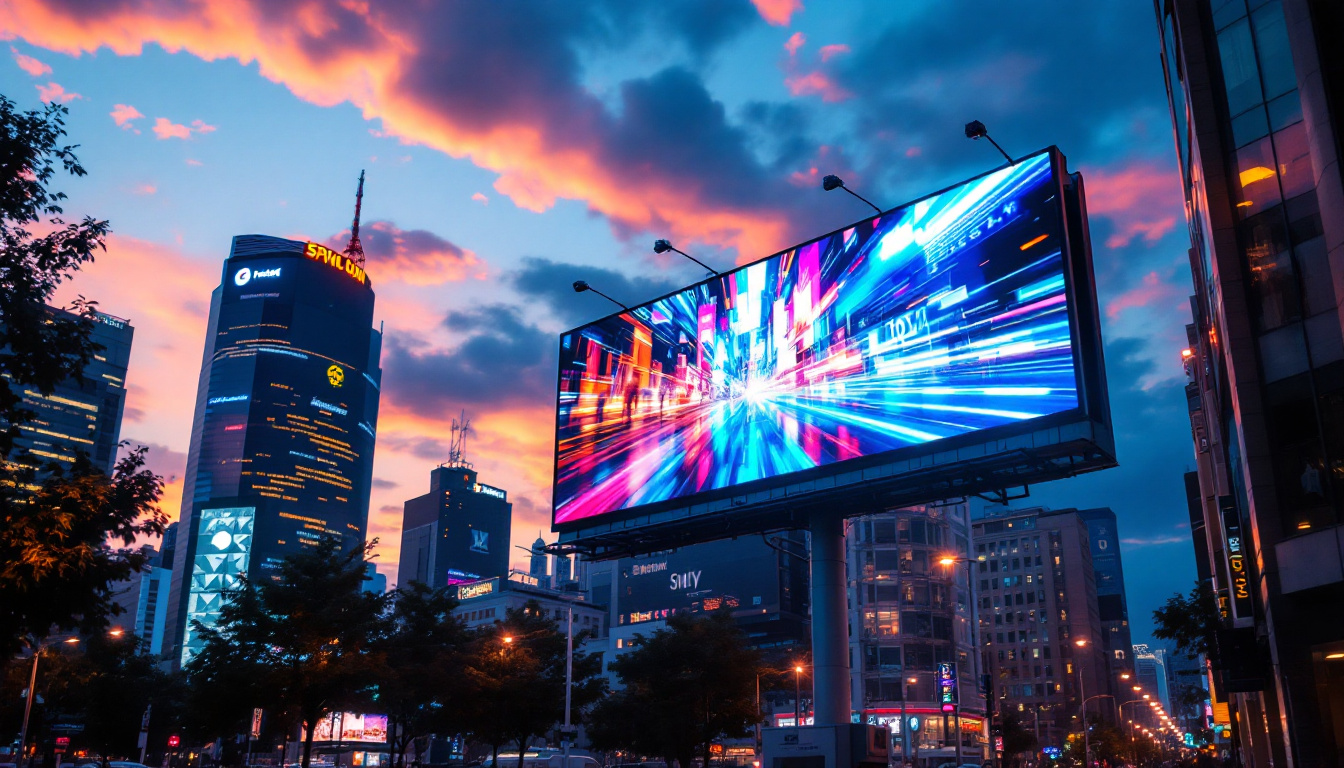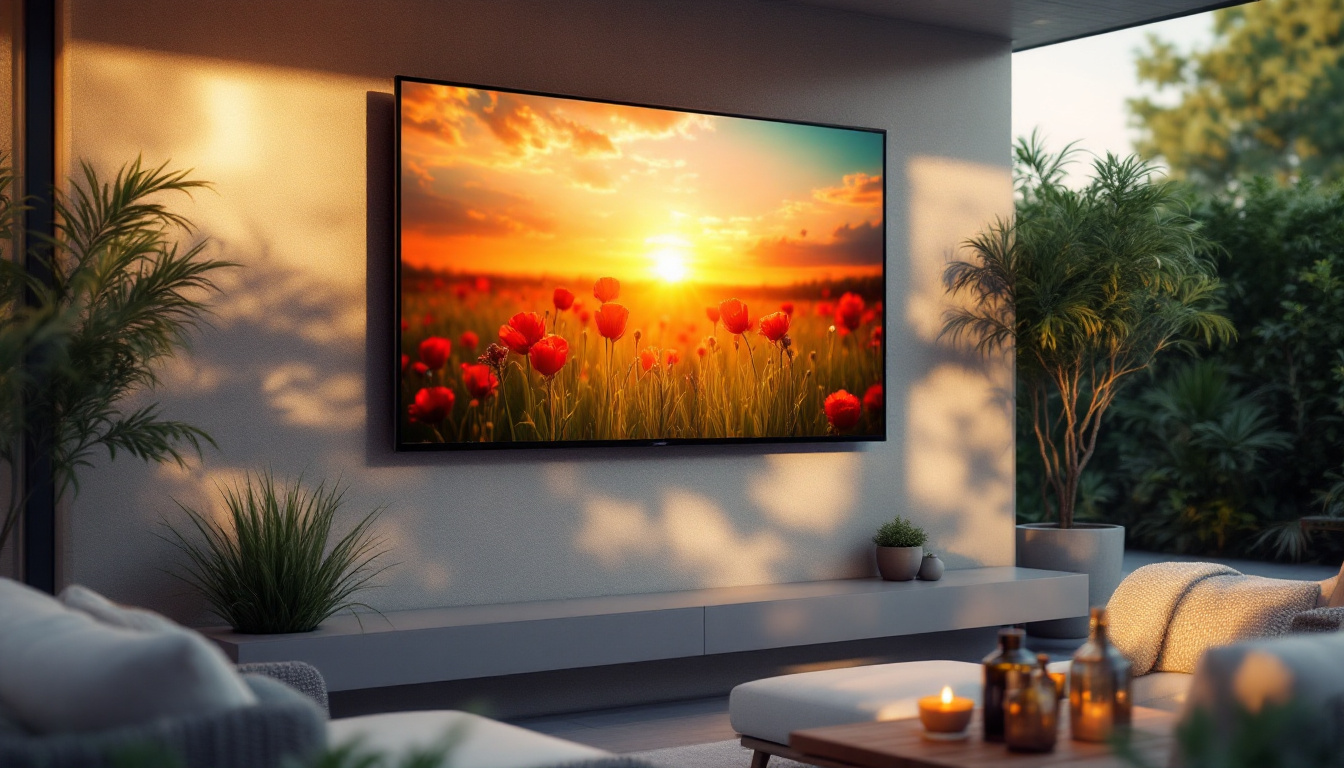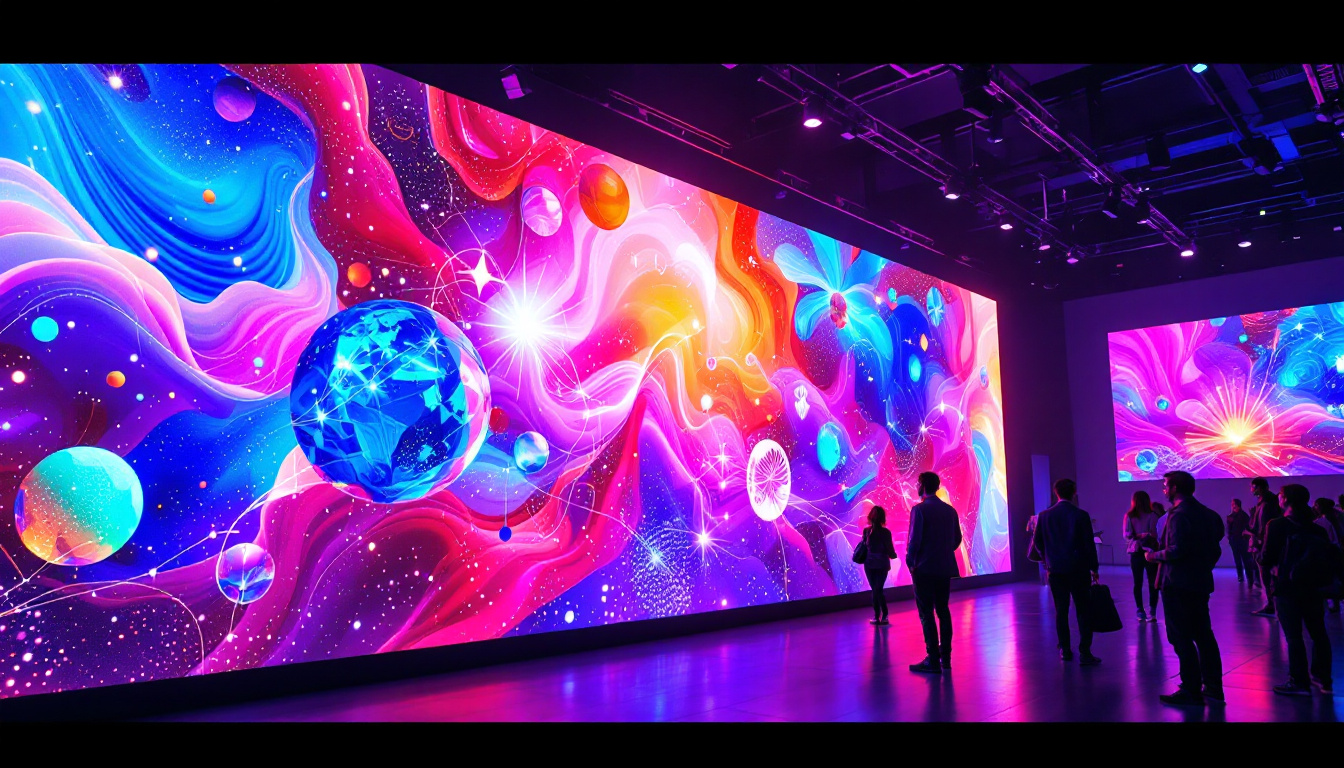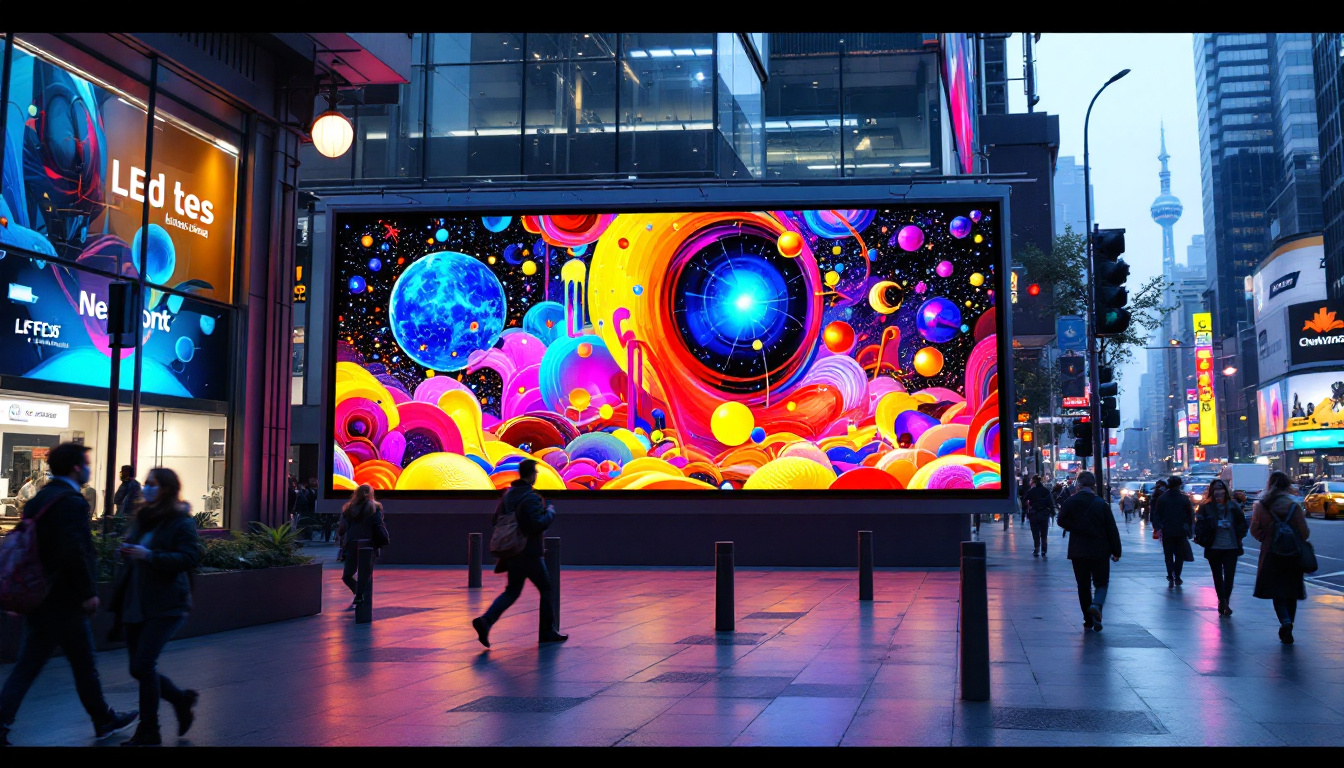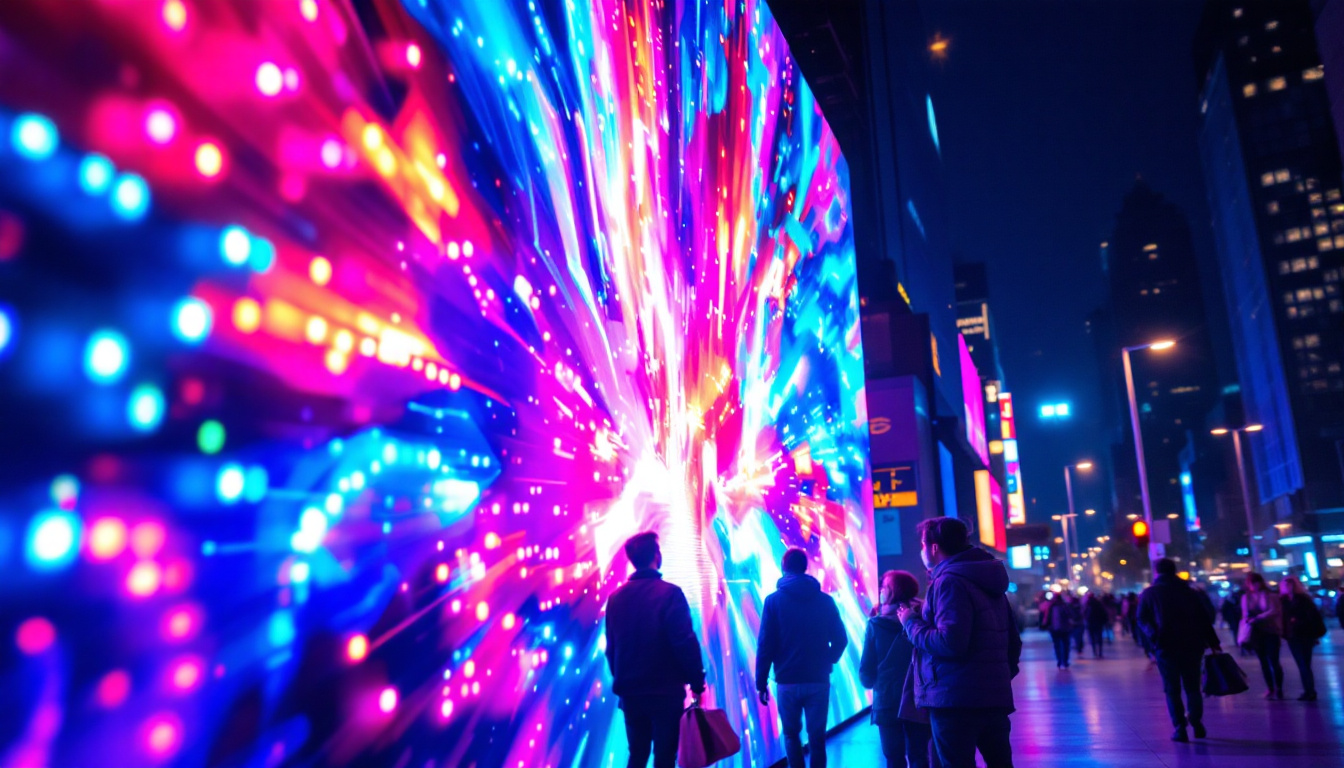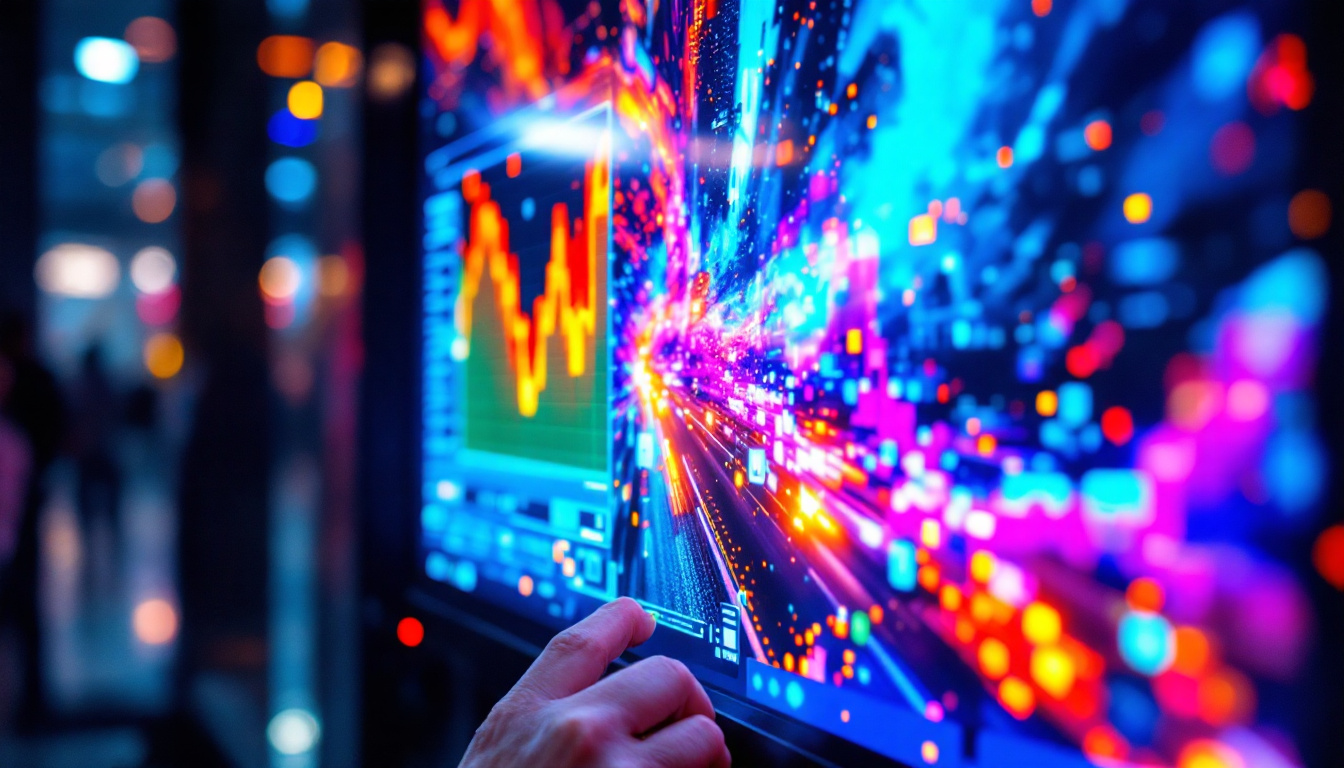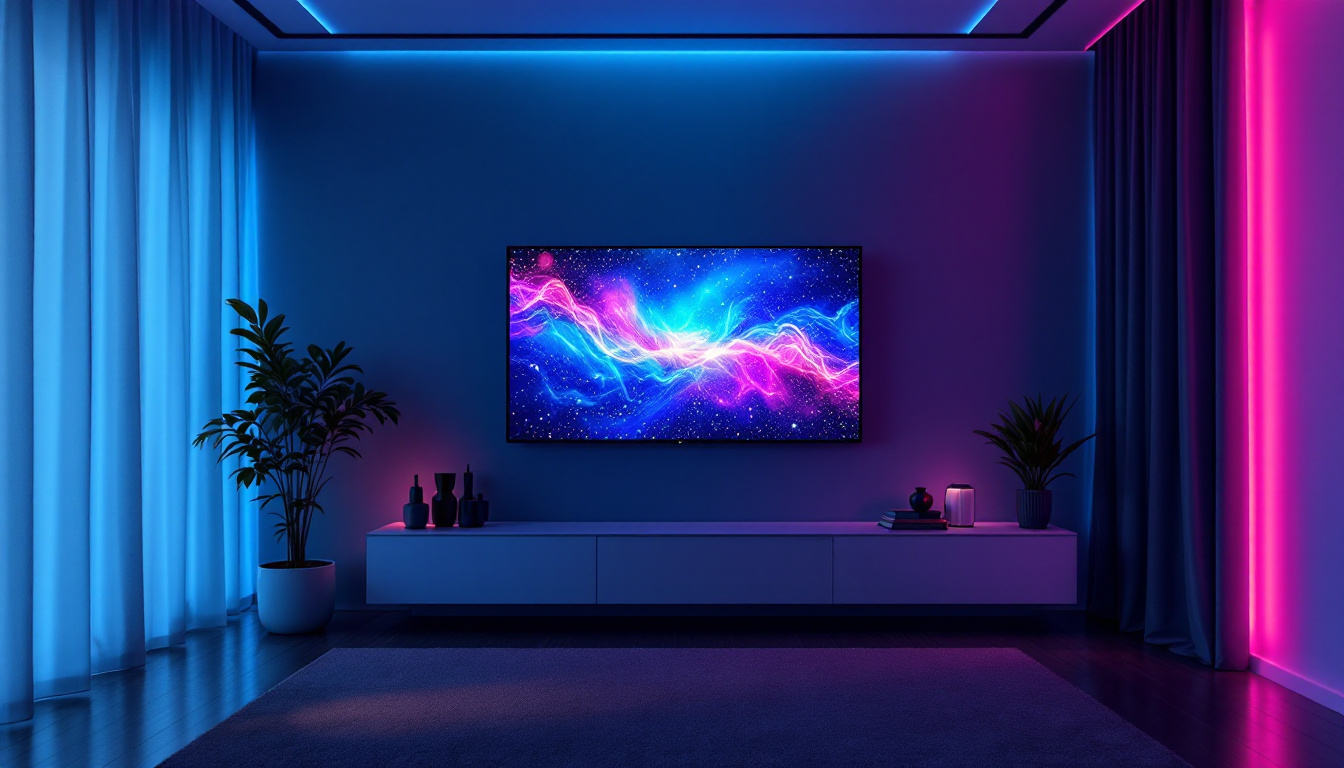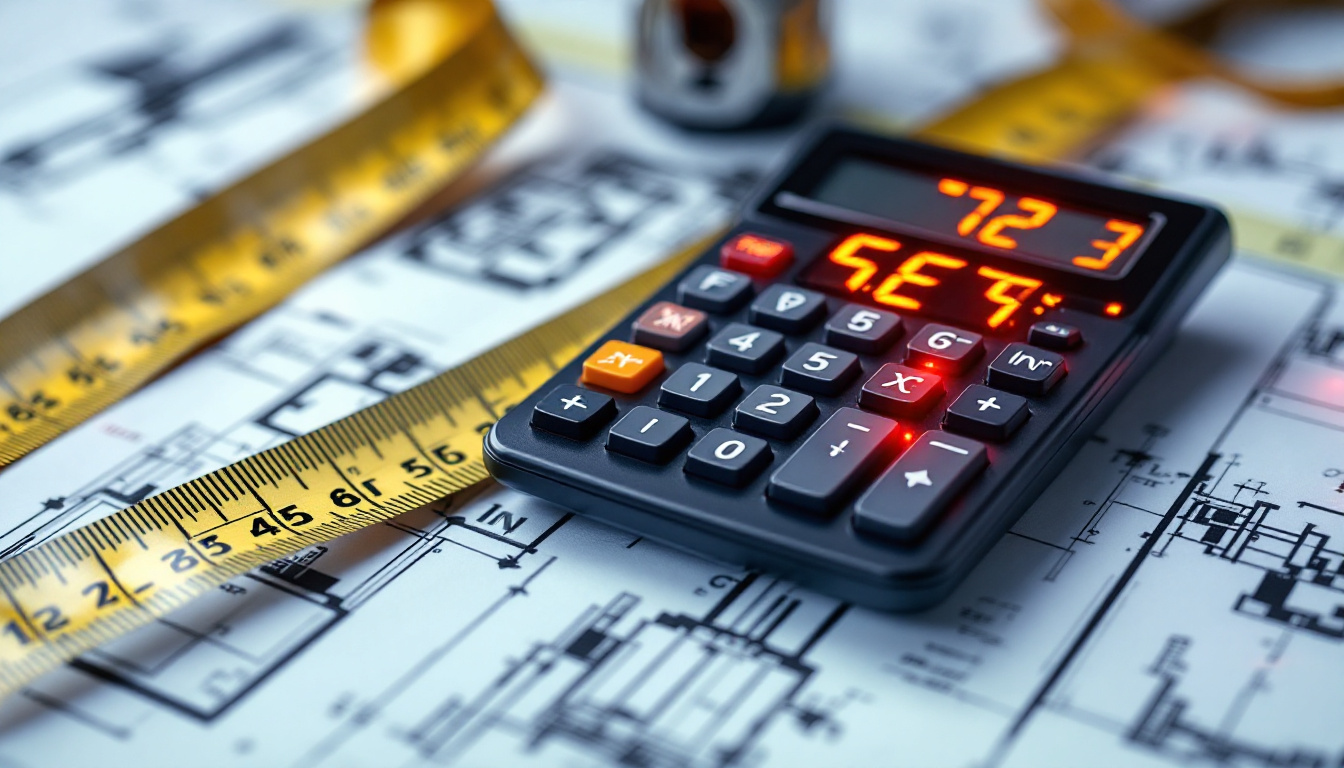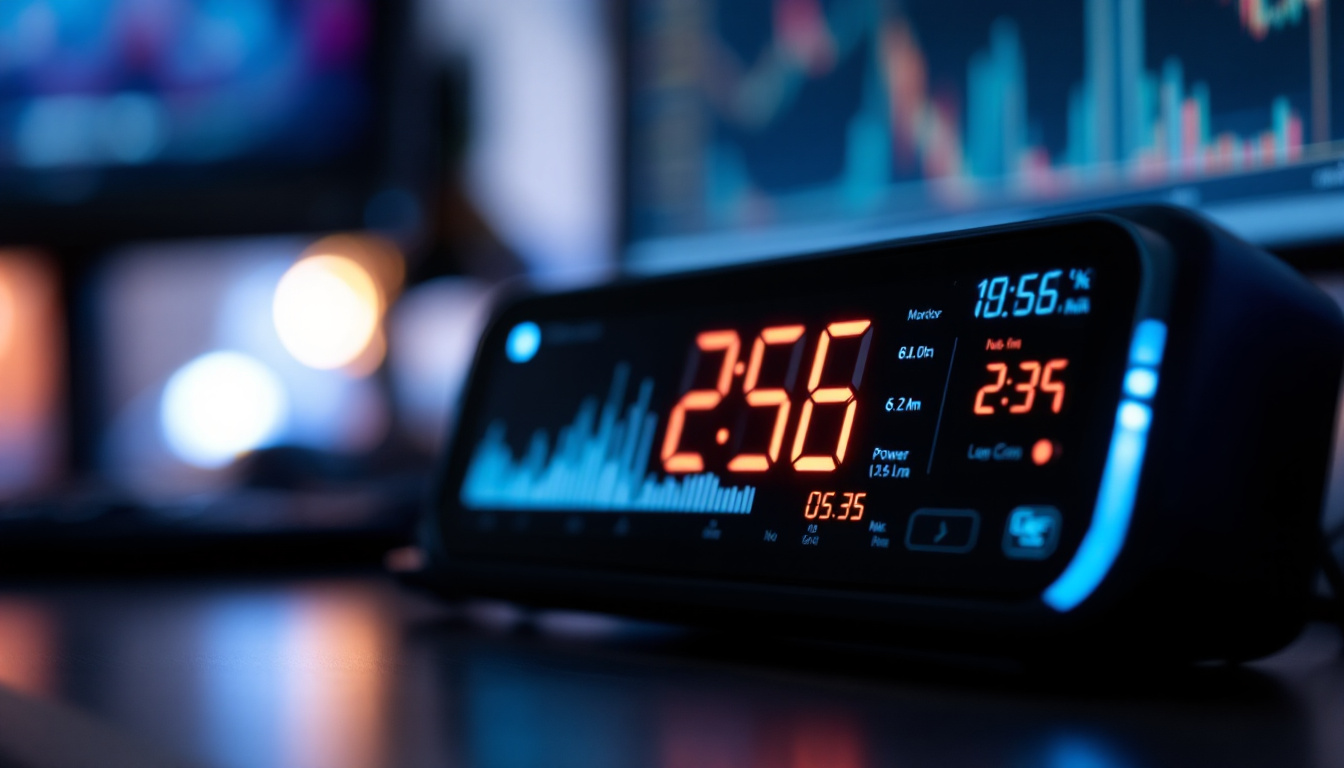In today’s fast-paced digital world, the need for effective communication has never been more critical. With the rise of remote work and global collaboration, businesses are increasingly turning to portable video conferencing systems to facilitate seamless interactions. Among the various components that contribute to a successful video conferencing experience, the LED display plays a crucial role. This article delves into the significance of LED displays in portable video conferencing systems, exploring their features, benefits, and the technology behind them.
Understanding Portable Video Conferencing Systems
Portable video conferencing systems are designed to provide flexibility and convenience in communication. These systems allow users to connect with colleagues, clients, and partners from virtually anywhere, making them ideal for businesses that operate across different locations.
Key Components of Portable Video Conferencing Systems
A typical portable video conferencing system consists of several key components: a camera, microphone, speaker, and display. Each element plays a vital role in ensuring that participants can see, hear, and interact with one another effectively.
The camera captures video, while the microphone picks up audio. The speaker outputs sound, and the display presents visuals. Among these components, the display is particularly important, as it directly affects the user experience. An effective display can enhance engagement and communication clarity, making it a focal point for any video conferencing setup.
The Role of LED Displays
LED displays have become increasingly popular in video conferencing systems due to their numerous advantages. These displays use light-emitting diodes (LEDs) to produce bright, vibrant images that are easily visible in various lighting conditions. Their ability to deliver high-quality visuals makes them an ideal choice for video conferencing.
In addition to their superior image quality, LED displays are energy-efficient and have a long lifespan, which makes them a cost-effective option for businesses. Furthermore, they are lightweight and portable, allowing for easy transportation and setup in different environments.
Benefits of LED Displays in Video Conferencing
The integration of LED displays in portable video conferencing systems offers several benefits that enhance the overall communication experience. These advantages can significantly impact the effectiveness of meetings and collaborations.
High-Quality Visuals
One of the primary benefits of LED displays is their ability to produce high-quality visuals. With a higher resolution and better color accuracy than traditional LCD screens, LED displays ensure that participants can see every detail clearly. This clarity is essential for presentations, where visuals play a crucial role in conveying information.
Moreover, LED displays can handle various content types, from video feeds to slideshows, making them versatile tools for different meeting formats. The ability to showcase high-definition images and videos enhances engagement and keeps participants focused on the discussion at hand.
Improved Collaboration
LED displays facilitate improved collaboration by allowing multiple participants to view content simultaneously. In a virtual meeting, this shared visual experience can foster a sense of connection among team members, even when they are miles apart. Participants can easily share their screens, display documents, and collaborate on projects in real-time.
This level of interactivity is crucial for brainstorming sessions, workshops, and training programs, where input from multiple sources is needed to generate ideas and solve problems. The use of LED displays in these scenarios enhances the collaborative process, making it more effective and engaging.
Portability and Flexibility
Portability is a significant advantage of LED displays in video conferencing systems. Many LED displays are designed to be lightweight and compact, making them easy to transport and set up in various locations. This flexibility allows businesses to conduct meetings in different environments, whether in a conference room, a coworking space, or even outdoors.
Additionally, the adaptability of LED displays means they can be used for various purposes beyond video conferencing. They can serve as digital signage, presentation screens, or even entertainment displays, making them a valuable investment for businesses looking to maximize their technology resources.
Technology Behind LED Displays
The technology that powers LED displays is continually evolving, leading to improvements in performance, efficiency, and usability. Understanding the underlying technology can provide insights into why LED displays are a preferred choice for video conferencing systems.
How LED Displays Work
LED displays consist of an array of tiny light-emitting diodes that create images by combining red, green, and blue (RGB) lights. When these colors are mixed in varying intensities, they produce a wide spectrum of colors, resulting in vibrant images that can be viewed from different angles.
Unlike traditional displays that rely on backlighting, LED displays emit light directly from the diodes, allowing for deeper blacks and brighter whites. This capability enhances contrast ratios and overall picture quality, making LED displays ideal for video conferencing where visual clarity is paramount.
Advancements in LED Technology
Recent advancements in LED technology have led to the development of features such as high dynamic range (HDR) and 4K resolution. HDR enhances the contrast and color accuracy of images, providing a more lifelike viewing experience. Meanwhile, 4K resolution offers four times the pixel density of standard HD displays, resulting in incredibly sharp and detailed visuals.
These advancements are particularly beneficial in professional settings, where high-quality visuals can significantly impact the effectiveness of presentations and discussions. As technology continues to progress, LED displays will likely become even more sophisticated, further enhancing their role in video conferencing systems.
Choosing the Right LED Display for Video Conferencing
When selecting an LED display for a portable video conferencing system, several factors should be considered to ensure optimal performance and user satisfaction. Making informed decisions can lead to a more effective communication experience.
Screen Size and Resolution
The size and resolution of the LED display are critical factors that influence the overall experience. A larger screen can enhance visibility, allowing participants to see details clearly from a distance. However, the size should be balanced with portability, as larger displays may be more challenging to transport.
Resolution is equally important. A higher resolution display will provide sharper images, which is essential for video conferencing where clarity is key. For most business applications, a minimum of Full HD (1080p) resolution is recommended, with 4K displays being ideal for high-end setups.
Connectivity Options
Connectivity is another vital consideration when choosing an LED display. The display should offer multiple input options, such as HDMI, USB-C, and wireless connectivity, to accommodate various devices. This flexibility ensures that users can easily connect their laptops, tablets, or smartphones to the display without compatibility issues.
Additionally, some LED displays come equipped with built-in collaboration tools, such as screen sharing and annotation features, which can further enhance the video conferencing experience. These integrated tools can streamline the process of sharing information and collaborating on projects.
Durability and Portability
Given that portable video conferencing systems are often used in various environments, the durability of the LED display is crucial. Look for displays that are designed to withstand the rigors of travel, with features such as reinforced screens and sturdy frames.
Portability should not be overlooked either. Lightweight displays that come with carrying cases or stands can make transportation and setup much easier. A well-designed portable LED display can significantly enhance the user experience and ensure that meetings run smoothly.
Future Trends in Video Conferencing and LED Displays
The landscape of video conferencing is continually evolving, driven by advancements in technology and changing user needs. As businesses adapt to new ways of working, several trends are emerging that may shape the future of video conferencing systems and LED displays.
Integration of Artificial Intelligence
Artificial intelligence (AI) is set to play a significant role in enhancing video conferencing experiences. AI can improve features such as background noise cancellation, automatic framing of participants, and real-time language translation. These capabilities can make meetings more efficient and inclusive, catering to diverse teams and audiences.
As AI technology becomes more integrated into video conferencing systems, LED displays will likely evolve to support these features, providing users with an even more seamless experience. The combination of AI and high-quality visuals can transform the way meetings are conducted, making them more engaging and productive.
Increased Demand for Remote Collaboration Tools
The shift towards remote work has created a heightened demand for collaboration tools that facilitate effective communication. As businesses continue to embrace hybrid work models, the need for reliable video conferencing solutions will only grow.
LED displays will play a crucial role in this trend, as they provide the visual clarity and interactivity needed for successful remote collaboration. Future developments may include larger, more immersive displays that enhance the feeling of presence during virtual meetings, bridging the gap between in-person and remote interactions.
Focus on Sustainability
As environmental concerns become increasingly important, businesses are seeking sustainable technology solutions. LED displays are known for their energy efficiency and longevity, making them a more eco-friendly choice compared to traditional displays.
Future innovations may focus on further reducing the environmental impact of LED displays, such as using recyclable materials and improving energy consumption. As sustainability becomes a priority for companies, the demand for eco-friendly video conferencing solutions will likely rise.
Conclusion
In conclusion, portable video conferencing systems equipped with LED displays are revolutionizing the way businesses communicate. The high-quality visuals, improved collaboration capabilities, and portability of LED displays make them an essential component of modern communication tools.
As technology continues to advance, the integration of AI and a focus on sustainability will further enhance the role of LED displays in video conferencing. By understanding the benefits and features of LED displays, businesses can make informed decisions that improve their communication strategies and foster more effective collaboration.
Investing in a high-quality LED display for a portable video conferencing system is not just a technological upgrade; it is a step towards more efficient, engaging, and productive communication in an increasingly digital world.
Discover LumenMatrix’s Advanced LED Display Solutions
Ready to elevate your video conferencing and communication capabilities? Explore LumenMatrix’s comprehensive range of LED display solutions, meticulously designed to bring your virtual collaborations to life. From Indoor and Outdoor LED Wall Displays to innovative options like Vehicle LED Displays and LED Transparent Displays, LumenMatrix offers the cutting-edge technology you need to create immersive and dynamic visual experiences. Whether for business meetings, digital signage, or live events, our displays are crafted to captivate and engage. Check out LumenMatrix LED Display Solutions today and transform the way you connect and convey your message.



